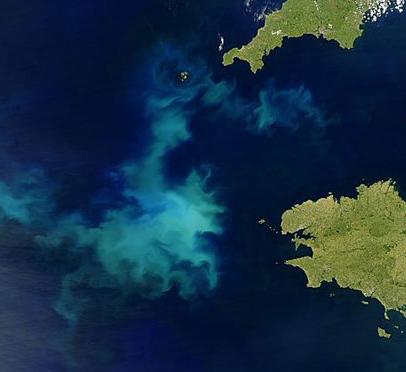From the Green Monster.
Back to Basics: 8 Ways to Simplify Your Life
When you go out into nature, everything seems to be moving at such a soothing, even pace. Just as Lao Tzu, the ancient Chinese philosopher, and writer would say, “Nature does not hurry, yet everything is accomplished.” Yet if you look to around, you’ll find quite the opposite in our society. Some people tend to be so impatient, wanting everything immediately, or else disappointment and dissatisfaction sets in. For many of us, that’s not the kind of life we want to live. Going back to basics through simplifying your life is one of the ways we can empower ourselves and not get caught up in the rat race. Here are some ideas to get you started:
1. Know yourself and your priorities
This is the first step to living a life that’s your own which is a great way to simplify everything and become more focused and less distracted. To start simplifying your life, you’ll want to know what matters to you most. Write some of the things that mean the most to you on a piece of paper or journal about it. Here are some ways to lower stress and take care of yourself.
2. Lower your expenses
Embrace an attitude of gratitude for the items you already own and maybe even try out minimalism. The less cluttered our lives are, the more simple they tend to be. Borrow items you need from friends or your community. You can also try living in a smaller space to save money, switch to a cheaper cell phone plan or internet service.
3. Meditate regularly
Meditation has been proven to relieve stress and anxiety, and it has also shown promise in improving brain function. If you find you get overwhelmed, then doing meditation at least once a day or on a regular schedule can help you a lot. there are tons of guided meditations onYouTube, or on mediation apps like Insight Timer that you can do for free.
4. Work with plant medicines
Incorporate the healing benefits of plants into your life. There’s nothing more simple than going back to using 100 percent natural remedies and medicines. Learn more about tinctures, teas, essential oils and supplements that you can take to take care of yourself. Ease out of using all the over the counter medicines from the drug store and replace them with all natural plant medicines. To learn more, check out: 6 Herbal Medicines You Can Make for Common Ailments.
5. Grow your own food
Growing your own food is taking a big step toward simplifying and enriching your life. Not only will you have fresh, organic fruit and veggies, but you’ll also save money and trips to the grocery store. Gardening is also an amazing way to be in touch with nature, which really brings us back to basics. It’s great for the mind, body, and soul. You can learn a lot from The Old Farmer’s Almanac books as well as their website and not just about gardening.
6. Ride a bike or walk
Instead of driving your car everywhere, why not get outside and walk or ride your bike? It’s the simple way to get around, and it’s exercise too. So you’re not just getting to where you need to go, you’re improving your health. Multitasking at it’s finest. Or try traveling by bike if you’re feeling really adventurous.
7. DIY
Get into the back to basics mindset by doing it yourself. You can learn how to do practically anything and everything yourself. People did things themselves for ages. Check out DIY tutorials online, buy a book or take a course in your community. We have tons of great DIY projects right here on One Green Planet.
8. Completely unplug
When we think back 50 or even 25 years ago, things definitely moved at a slower pace. Back then people didn’t have the world at their fingertips. If you wanted to talk to someone, you called them, or you just ran into each other somewhere. To simplify your life, why not pretend like it’s 1994 again and forget you even have a cell phone or internet? Try it for a full day and see how fun it can be.
Try out some of these ways to simplify your life and find out how going back to basics can enhance your life. How do you embrace simplicity in your life? We’d love to hear in the comments below or on Facebook!
Image source: Kristy Kravchenko/unsplash







